Review and Analysis: 1,718 words on LOU SALOME at KOM-Theatre
Lou Salomé is an original piece written by Aina Bergroth and directed by Riikka Oksanen
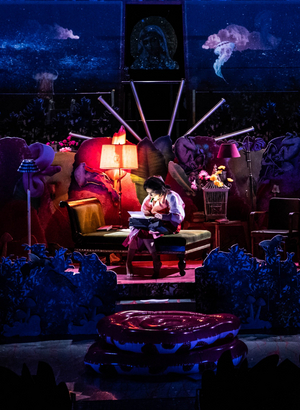
On Stage: Vilma Melasniemi,
Ella Mettänen, Juho Milonoff, Niko Saarela,
Miiko Toiviainen, musician Eva Louhivuori
Playwright: Aina Bergroth
Directing: Riikka Oksanen
Set Design: Janne Vasama
Costume Design: Tiina Kaukanen
Light Design: Tomi Suovankoski
Music and Sound Design: Eva Louhivuori and Ilkka Tolonen
Makeup Design: Leila Mäkynen
Audience work: Jenni Bergius, Rosa-Maria Perä and Maaretta Riionheimo
In this article I'll share and analyze my experience with KOM theatre's Lou Salome to detail, so spoiler alert!
A performance starts as early as in the green room (lämpiö). Everything was lit with a subtle, almost unnoticeable red light. It's the color of bravery and the femininity, a color of a sacrifice - though before the 1940s it was the color of the masculine.
We also arrive to the audience through as if a birth canal and can view many things and details before the performance begins. Symbols of birth, vulvas and other powered by the feminine, including sexual. The hybrid between a bee and a swan stuck in my mind and after the show and then when reading the program I found a link to it: the playwright Aina Bergroth said the play is a celebration of art and science. After reading that I interpreted the bee as a representative for science, since its capability to fly was a mystery for long, meanwhile the swan represented art and beauty, especially to us Finns.
Being a woman is a norm
The introduction by Juho Milonoff gives an intimate and laid-back atmosphere. It's also part of Brecht's ideology, the alienation-effect, which was seen in other parts in the performance too. The actors introduced their characters by name to the audience, especially if they changed during the show. The usage of projections brought dates and places on the sides and to the back of the stage.
The lighting design by Tomi Suovankoski is tender and fine. The actors articulate clearly and dare to take space, as they should.
Throughout the play we figure the scenic symbols better. Lou, performed by Vilma Melasniemi, tells how one should shape the world, which means "to flourish", she explains - just like the many flowers of the stage. Later on we also grasp how the butterflies symbolize transformation, a life cycle and also the flourishing in question.
"The show is so beautiful", I write down in my notes.
With small movements - shuffling with the books - introduced in the great couch scene with Lou's idols in the beginning, the actors are able to fast forward Lou's life and story with the pastor very credibly and effectively
Something I didn't catch though was the death of Lou's father, which remained quite vague. I didn't catch it until Lou's prayer. Could they have added some ringing of the church bells, which would immediately give an impression of someone's death.
The atmosphere in the performance is enhanced by music of its time, designed by Ilkka Tolonen and Eva Louhivuori. Eva gains my 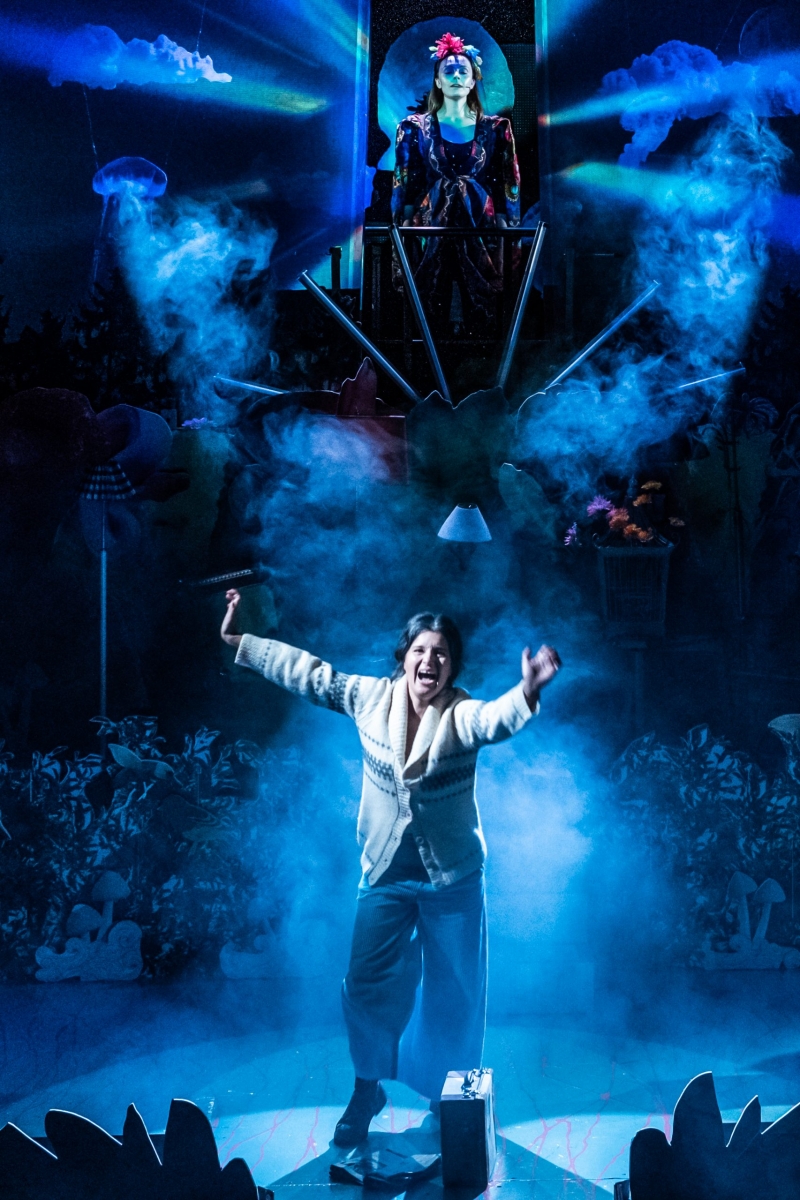 respect by being present the whole show as a musician, but also as the motherly figure in a spiritual sense, as if a Jungian anima, the feminine archetype. She sings and plays repetitive tunes that keep us sucked in the world meanwhile she herself watches and keeps track of Lou's jounrey throughout, as if breathing with her, encouraging, supporting.
respect by being present the whole show as a musician, but also as the motherly figure in a spiritual sense, as if a Jungian anima, the feminine archetype. She sings and plays repetitive tunes that keep us sucked in the world meanwhile she herself watches and keeps track of Lou's jounrey throughout, as if breathing with her, encouraging, supporting.
At times the background videos of the cities were left on and were quite bright to my taste, taking too much of attention.
Sapiosexual. It's a description person who is sexually attracted to intelligence. If Lou's not it - as she claims when meeting several men and being fascinated by them - then this theatre piece is fitting to that kind of liking.
In one scene the size difference of Nietzsche's luggage is shown in a creative way, but the flowy bag wasn't that good, even though the sound effect idea behind it worked: the actors should have filled it with air and kept it grasped instead of looking into it.
A person's knowledge is seen in everything
I loved the idea behind the snow. In the very beginning we're guided into the drama's reality by a delicate snowfall. Later on in the performance the effect of psychedelics is showed through a futuristic (in that timeline and reality) electronic noise, seen everywhere, of which many perceive and talk about as "snow" nowadays.
This show's efficacy is definitely in the good rhythm and technique from the actors. The ballet dance of the Wagner's quests to leave and transition the scene was simple but effective. The long pause after Lou leaves from Nietzsche is excellent and I'm a fan of good pauses in live performances. Everything and everyone gets a time to breathe - or hold their breath!
Everything fits together. The costume design of Lou, who is dressed in white shirt and blue 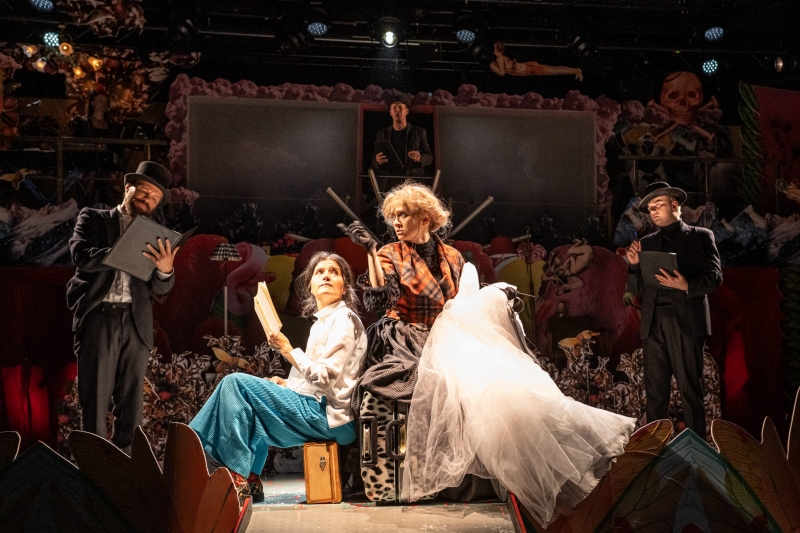 trousers (good call, Tiina Kaukanen, to emphasize her agenda with trousers, not a skirt) colorwise gives me a symbolic meaning of purity, curiousness and intelligence. Some emotions are also emphasized with colors. When Nietzsche writes an angry letter to Lou and Paul, the green shade of envy and gnaw worked perfectly.
trousers (good call, Tiina Kaukanen, to emphasize her agenda with trousers, not a skirt) colorwise gives me a symbolic meaning of purity, curiousness and intelligence. Some emotions are also emphasized with colors. When Nietzsche writes an angry letter to Lou and Paul, the green shade of envy and gnaw worked perfectly.
I have to admit that the audience was also good and reactive on that day (Tuesday 2.11.), surely enhancing the actors to improvise in their characters or at least give a little more bubbly interpretation: Miiko Toiviainen as Paul reads the letter from Lou in a sobbing manner, coming to the part where Lou writes she wanders in the park with Nietzsche and they spend time on a bench. To this Paul comments (towards the audience): "Uhh, I wonder what they do there (no niin, mitäköhän siellä tapahtuu)?" God! Still brings a smile on my face - this absolutely cracked me up in the front row.
Now. The dog balloon. The dog balloon hovering on the floor was one of the best things I've seen on stage for a long time; unfortunately its illusion was broken when Lou grabbed it from its snout and moved it. It should have absolutely been moved the same way Ella Mettänen as Elizabeth moved it so from the rope, or even picking it up like a proper pet. Nevertheless I loved it and will be using this idea one day, thank you.
What it comes to other kitschy details (kitschy as excessive, cute and colorful, not as when you google "kitschy meaning") like the dog balloon and well, the whole set design to be fair, it was very peculiar how my thoughts about Maria's way of watering the flowers towards the end got an explanation. See, she bent downwards with one foot on the floor, one leg rising, as if a figure skater or a ballerina, being as if part of the endearing scenery... And later on she says how she cannot stop wondering how the host and hostess "can't stop seeing me as a part of their decoration". Damn!
Since I've done this quite chronologically the intermission is coming up. Lou lives with her Swedish feminist friend Ellen and Paul. I kind of understand how the abrupt interruption of their harmony worked. Yet I would have wanted a pause, a scenic image and silence, like everything is finally fine. Then Andreas' second coming had a Western feeling to it: I wonder if Lou's typing, which itself sounded as if bullets, could have had an affect on Andreas? Especially if Lou would have typed slow, in a rhythm of her words. Their encounter surely was dynamic and left us wondering what is going to happen: "I feel like an idiot", Paul muttered and so did we, Paul, so did we.
II
The second half surely was more sad and dragging than the first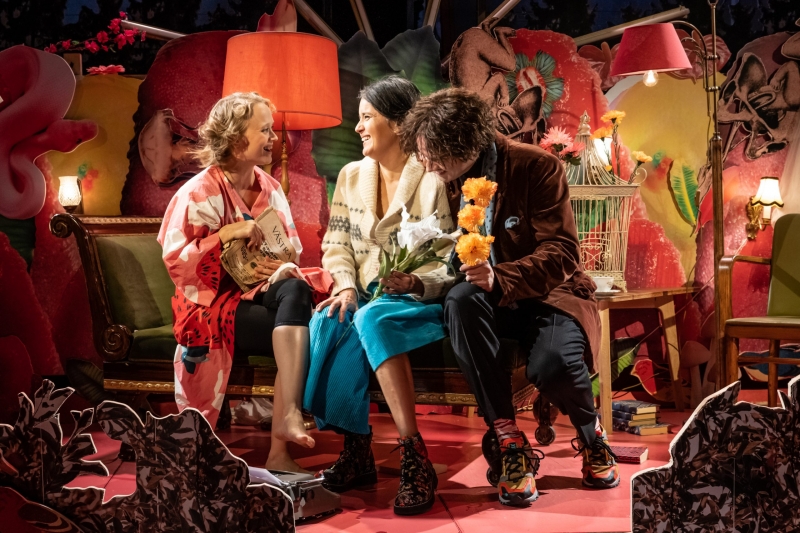 one.
one.
What if the whole thing would have started with Lou's and Richard von Krafft-Ebing's encounter and almost escalated to the beautifully portrayed love making scene, but Andreas would have interrupted it as strictly as before and said: "Lou. Don't you remember? You are my wife now" and then the year date on the background would have ticked backwards and the scenery would have changed to the original starting base of the second half.
So, the second half surely had its moments but wasn't as preppy and dynamic as the first one, of course due to Lou's storyline as well. Even hilarious Freud wasn't able to save the atmosphere. I'm not saying I was disappointed, I say it could have worked better, had more connections to the earlier theatrical devices and usages of space and lines: Lou's rise to fame, discovery and openness on sexuality could have been a bigger scene. She could have run to the audience's stairs with her disco shirt on and quote more on her theories on sex, just like the ones before: "in an intercourse a man is as if a midwife, helping a woman to connect with the divine", and the men would have shouted their scoffs from the back. Then the dynamic would have fallen on Lou's side since she would have been nearer to us too, breaking the fourth wall like earlier in the scene in Russia. Now how they performed it the power still remained on the men, even though Lou was free and enjoying herself, which partly was the moral of the story.
In the end I loved the duality with the flowers brought to Lou, how they were grave flowers, but also fan mail like before. The scene though could have been improved with words.
I would have wanted to hear the men performers say something, something Lou described her fans wrote to her of her first novel. They could have also used the Brechtian style of stating their character, then saying a line like: "Grita, 15-year-old girl from Germany. Your book really helped me..." It would have balanced a little the power dynamics and the men's earlier behaviour, even though they weren't in the same characters anymore but now were on Lou's side.
I do understand if the crew wanted to do it realistically, to stir up the anger just like in the fact that Lou was buried with her husband, buried without her name put in the gravestone.
A woman needs new beginnings constantly
All in all Lou Salomé is an admirable work of art, original and well thought out. We can really get absorbed to the story and co-live, surprise and mourn with Lou.
"If we face a genius, the genius is a man" but in this case it's certainly been the women: Bergroth and Oksanen. And maybe a little bit of Janne Vasama... That just sounded fun sentence to finish with, I obviously thank the whole team!
Photos: Noora Geagea
Text: Rosanna Ilo Liuski
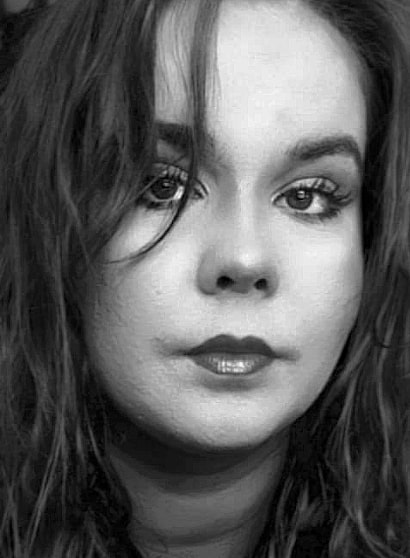
Reader Reviews

Videos
